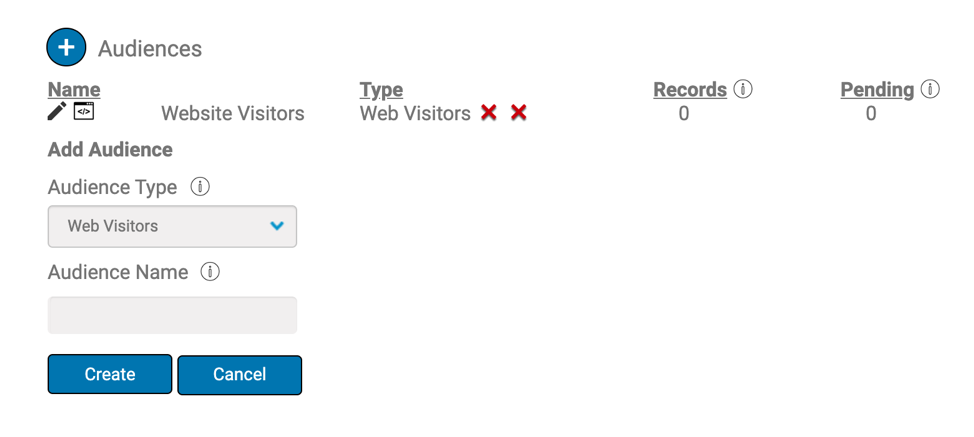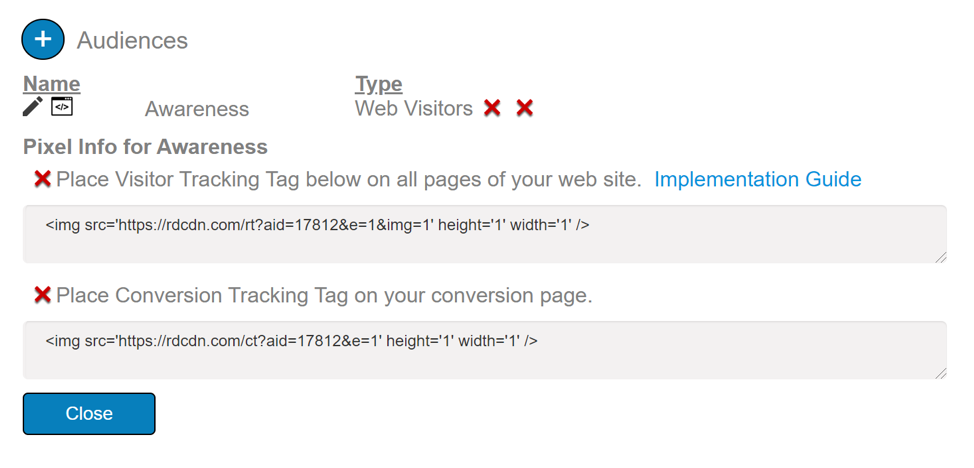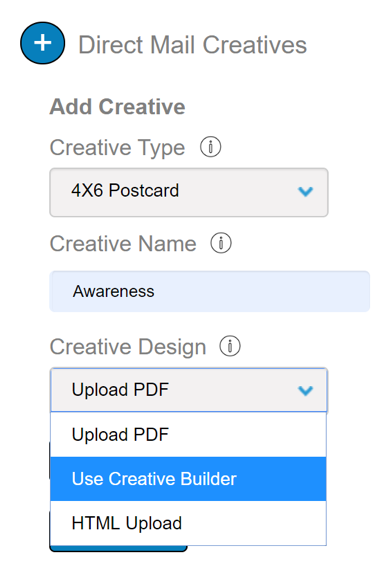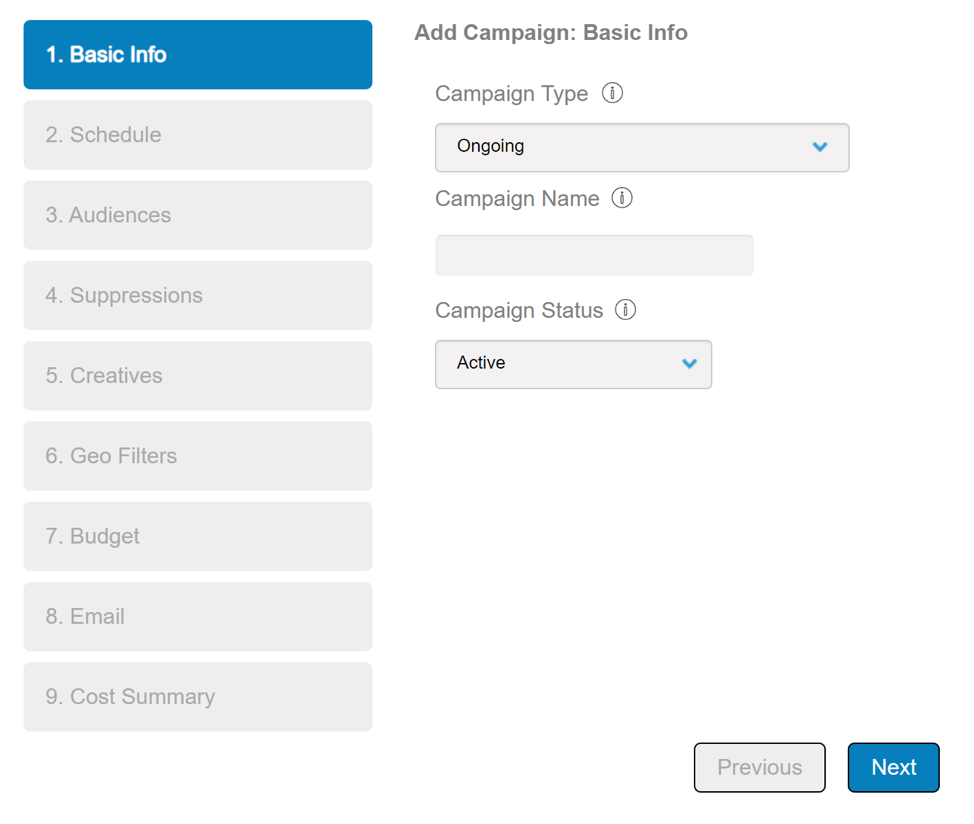How to Nurture Leads with Direct Mail Retargeting

How to Nurture Leads with Direct Mail Retargeting
Contributed ContentTrying to find a new way to support your company’s leads? Try out some direct mail strategies that are proven to benefit leads.
I’ve spent the last ten years generating leads in many industries. In that time, I’ve seen the importance of lead nurturing firsthand.
According to HubSpot, 74% of companies make lead nurturing a priority. Here’s why:
- Sell more, spend less. Businesses who nurture their leads make 50% more sales while spending 33% less
- Bigger deals. Marketers who nurture their leads report a higher ROI than marketers who don’t.
- More opportunities. Nurtured leads result in 20% more opportunities.
The number of companies focusing on lead nurturing continues to grow each year. That focus is making it more difficult for marketers to break through the noise.
But I’ve got good news: Direct mail retargeting can help you build your credibility and increase brand awareness. It will also increase your sales velocity and improve your close rate.
4 Strategies for Elevating Leads with Direct Mail Retargeting
- Deliver messages to anonymous traffic
- Breakthrough to customers
- Understand your buyers’ journey
- Craft a specialized campaign
1. Deliver Messages to Anonymous Traffic
Direct mail retargeting allows you to send mail to your website visitors, even if you don’t know who they are. In other words, you can deliver a postcard to anonymous traffic that isn’t in your CRM.
There are two types of targeting you can use to retarget your visitors with direct mail. IP targeting is most prevalent. Cookie-based targeting is harder to find.
1. IP Targeting
Every computer has an IP address. WhatIsMyIPAddress describes having an IP as "a network address for your computer so the internet knows where to send you emails, data, and pictures of cats."
Companies like El Toro track the IP addresses of your traffic. Then they convert those IP addresses into physical addresses.
Carnegie Dartlet says a good IP targeting company should be able to match at least 85% of your IPs to an address. That means that you’ll be able to send mail to about 85% of your visitors.
2.Cookie-Based Targeting
But IP addresses aren’t the only way to retarget direct mail. ReachDynamics relies on cookies instead.
Cookie-based targeting zeroes in on devices, not IP addresses. The match rate is lower (about 30% at ReachDynamics), but you’re trading reach for accuracy. IP addresses are more often shared, so it’s harder to know if you’re reaching the person you’re intending to contact.
2. Break Through to Customers
Direct mail retargeting provides many benefits to marketers. It takes a lot to break through to potential customers, and direct mail retargeting is a cost-effective way to do just that.
It also diversifies your marketing mix. It offers an offline way to supplement your online efforts. And it’s much more affordable than most offline marketing options.
For example, ReachDynamics has no minimum spend, and they charge less than a dollar a postcard. Better still, you only pay when they match an address and send a postcard.
I reached out to Tim Kastner, co-founder of ReachDynamics, for more information. Their direct mail retargeting campaigns have an average response rate of 23%. And they see an average conversation rate of over 5%.
But the biggest advantage of direct mail retargeting is that it’s a great way to nurture your leads.
3.Understand Your Buyers’ Journey
If you understand lead nurturing, the process is the same when using direct mail.
I take an identical approach to the one I take with the rest of my content marketing efforts.
First, I use behavioral targeting to segment my audience according to the buyer’s journey. I do that because “aligning content to specific stages of the buyer’s journey yields 73% higher average conversion rates[.]” (Aberdeen)
Here’s an example of how that works. First, you sign into ReachDynamics and create a pixel for each stage of the buyer’s journey. If you’re not familiar with inbound marketing, the stages are:
- Awareness. This is early in the process. Your potential customer has a problem that you can solve, but they might not know it yet. If they do, they’re just learning about it.
- Consideration. In the Consideration stage, your potential customer is now searching for solutions. They’re considering different ways to deal with their problem.
- Decision. At this point, your potential customer has decided how they want to solve their problem. They’ve chosen a type of solution, but not a provider. You need to convince them that you’re the best person for the job.
After brainstorming through those stages, it may be time to start a campaign of your own.
4.Craft a Specialized Campaign
Now that we’ve discussed what needs to be considered for a successful campaign, let’s begin building one of our own.
Direct mail campaigns can lead to tremendous results for businesses in different industries. A vision insurance provider increased its conversion rate by 43% A car dealer sold 7 cars with a CPA of $34.
It all starts with your target audience.
Step 1: Build Your Audience
In the ReachDynamics platform, users can create a tracking tag for each stage of the buyer’s journey.

Then they’ll receive two pixels, a visitor tracking tag and a conversion tracking tag.

The visitor tracking tag places a cookie on the browsers of your website visitors. If you don’t use Google Tag Manager, it goes inside the body tag of your website.
Users will then add the visitor tracking tags to the appropriate pages in Google Tag Manager.
For example, you’ll add your Awareness pixel to any Awareness stage content or landing pages.
That is done by creating Page View triggers.

Then users can add the conversion tracking tags to the appropriate confirmation pages. This allows ReachDynamics to exclude people who have converted.
When the red X’s beside your audience name turn into blue checks, you’ll know everything is working. This can take up to an hour. (If it takes longer than that, contact support.)
Step 2: Add Creativity
Once users have set up their tracking tags, you’ll need to add a design for your postcard. If you’re using ReachDynamics, they’ve got a Creative Builder you can use if you don’t have a designer.

If you do have a designer, you can give them a template. Your designer can design the creative, save it as a PDF and you can upload it. Unfortunately, Creative Builder and PDF Upload don’t support dynamic merge variables.
Variable data printing uses dynamic merge variables to “customize each creative... based on attributes of the recipient.”
This kind of personalization can significantly improve your response rates.
If you have the resources to take advantage of dynamic merge variables, I'd recommend it.
Whatever you choose, after you upload it, you’ll have the option to see how your postcard is going to look.

You can look online, or for a small fee, they'll mail you a hard copy. (I’d recommend you go that route to be 100% sure.)
Step 3: Create a Campaign
Once you’ve built your audiences and uploaded your creative, you’ll set up a campaign.

From here you’ll be able to:
● Target certain locations
● Add a suppression list of people you don’t want to send mail to (e.g., current customers)
● Set a schedule for the campaign
● Set your budget
You can also send an email before, after, or at the same time as the postcard (for an extra $0.05 a contact).
It is a simple process that will lead to significant benefits in the long term for your business.
Direct Mail Retargeting Is Simple to Setup and Has a Proven Track Record
Since the vast majority of businesses are focusing on lead nurturing, you can’t afford to ignore it. Direct mail retargeting is an affordable and unique way to nurture your leads. Doing so will increase brand awareness and move prospects through the funnel.
Now you can take your lead nurturing efforts to the next level by retargeting online and offline.
